How to Clear iPhone Other Storage
Does your iPhone’s ‘Other’ storage seem confusingly large? ‘Other’ includes all sorts of necessary files that help your iPhone work properly. But when it gets too full, it can slow down your phone. This guide will show you what ‘Other’ storage is, why it fills up, and how to clear other storage on iPhone to free up space.
What is “Other” Storage on iPhone?
Ever wondered what the “Other” category in your iPhone’s storage settings includes? This space is where your iPhone stores a variety of files that don’t fit neatly into predefined categories like Apps, Media, or Photos. Here’s what typically makes up “Other” storage:
- Cache files from your apps and websites you visit
- System logs that help diagnose issues
- Temporary files created when apps or iOS itself updates
These files are necessary for your apps and iOS to function correctly, but they do take up space. Here’s how they usually accumulate:
- Every app you use can generate cache to speed up reloading times.
- System operations log activities to help keep things running smoothly and aid in troubleshooting.
- During updates, temporary files are necessary to install the new versions without losing your data.
While “Other” storage contains essential files, knowing what contributes to its growth can help you understand how your iPhone uses its memory.
6 Best Methods to Clear “Other” Storage on iPhone
Are you running out of space because of “Other” storage on your iPhone? Here are six tested methods to manage other storage on iPhone, each proven to free up space.
Method 1: Update Your Device
Updating your iPhone can help clear other storage on iPhone by fixing how “Other” storage is calculated – there are examples of iOS bugs causing incorrect storage calculation in past, and there is no guarantee that those won’t come back in one form or another.
- Check for Updates: Open Settings > General > Software Update. This tells you if you’re up to date or if there’s an update waiting.
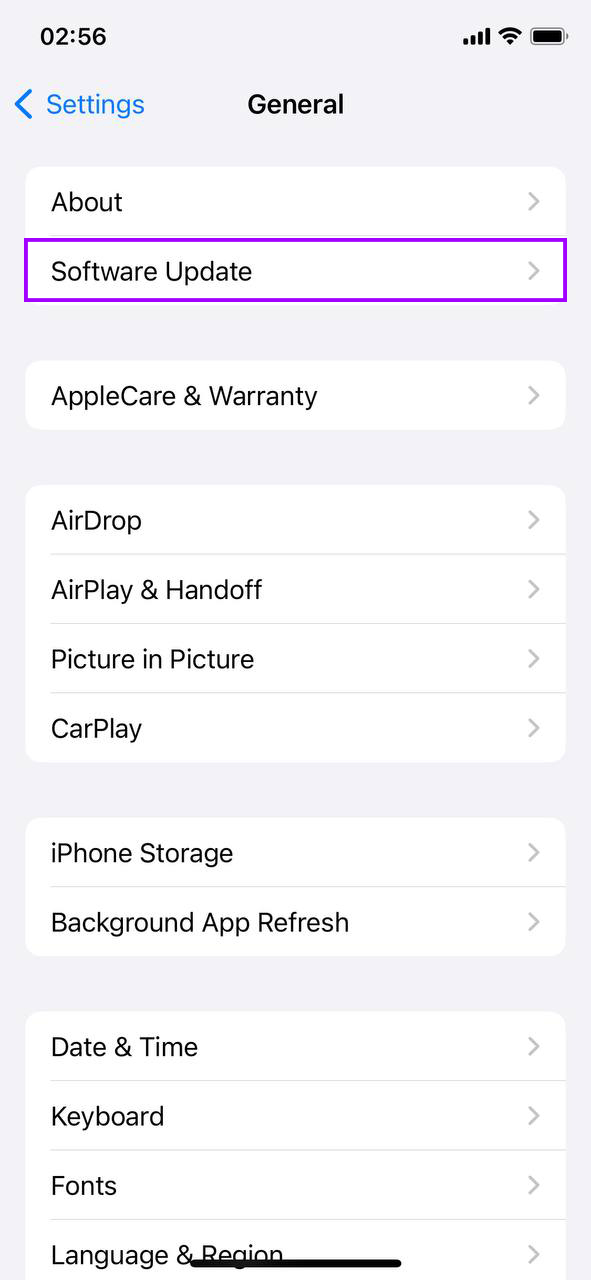
- Download and Install: If there’s an update, press Update Now. Connect to Wi-Fi and plug in your charger. Downloads can take some time.
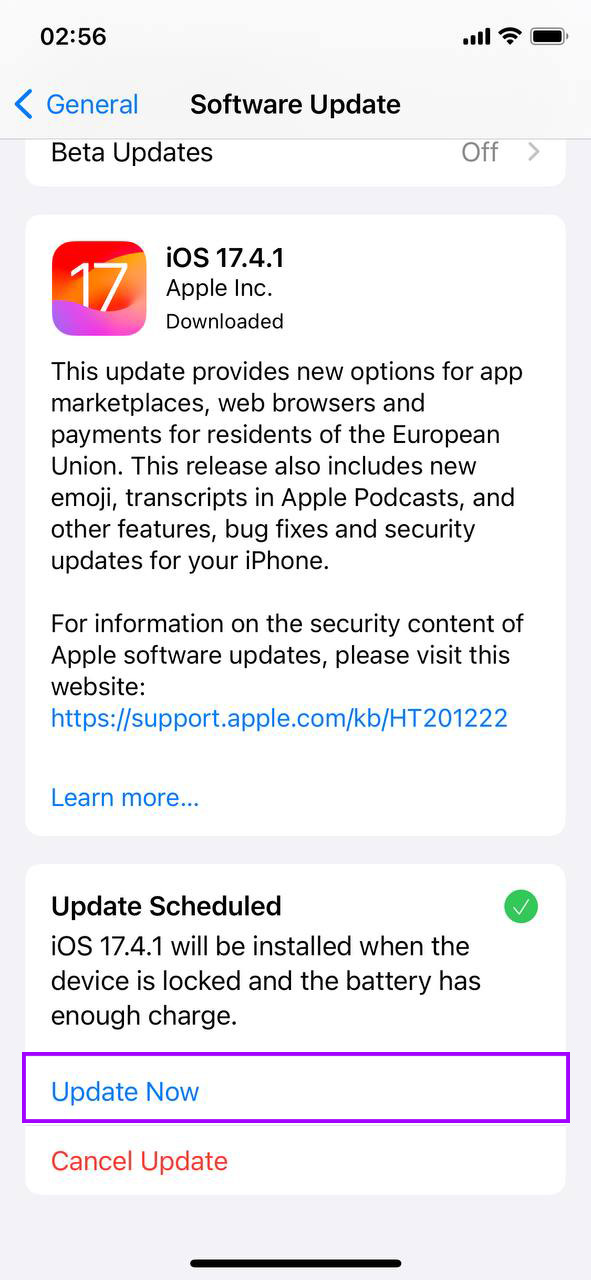
- Install the Update: After downloading, you’ll get a prompt to install. You can start right away or later. Your phone will restart during this process.
Method 2: Clear Safari Data
One of the common contributors to “Other” storage is Safari’s data, which includes history, cookies, and cached files. Safari collects this data as you browse to speed up website loading times, but over time, this data can accumulate and use up significant storage. Clearing Safari data is an effective way to clear other data on iPhone and reduce ‘Other’ storage significantly.
- Open Safari Settings: Go to Settings on your iPhone, scroll down, and tap on Safari.
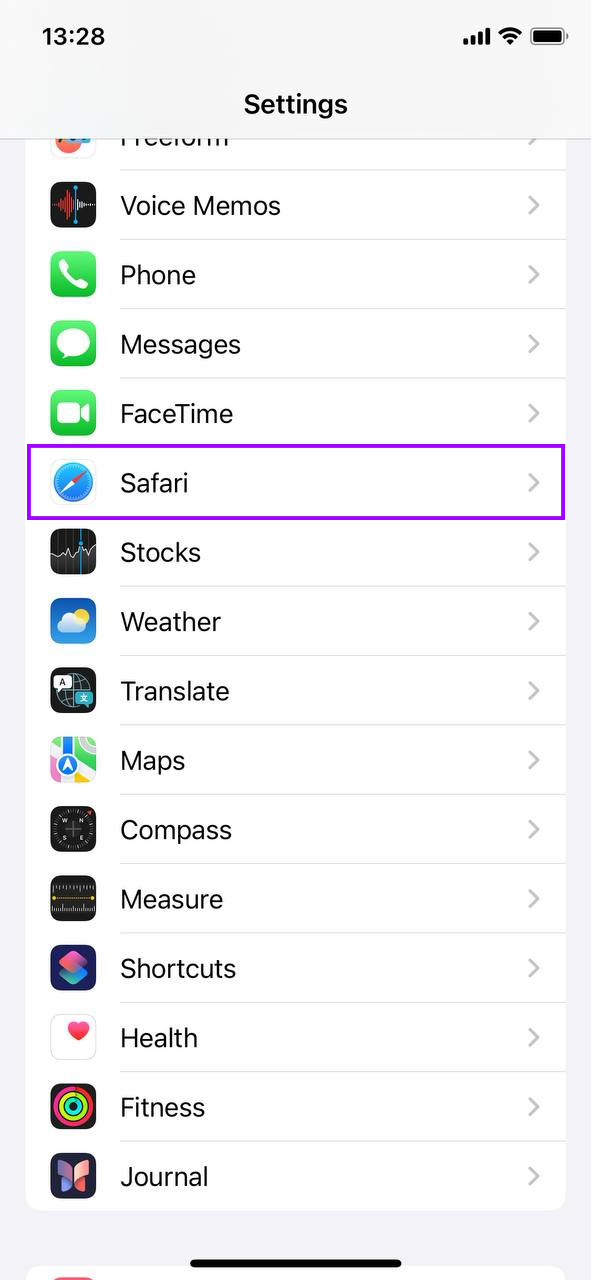
- Clear History and Website Data: In Safari settings, find the Clear History and Website Data option and tap on it. Confirm your action when prompted.
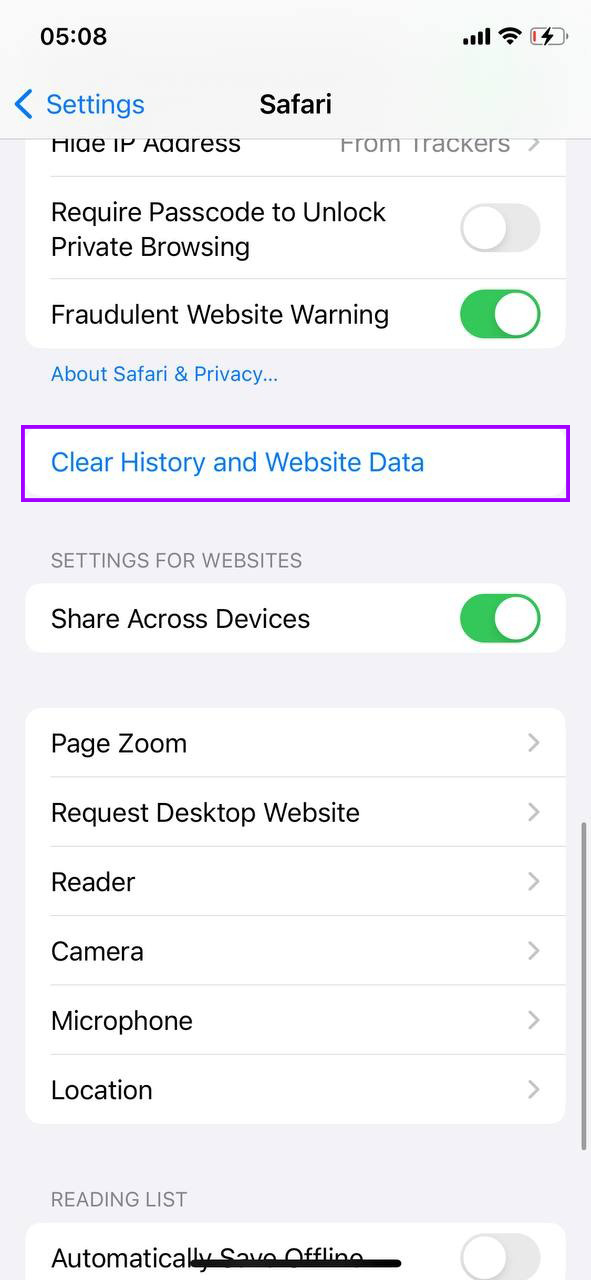
Clearing this will remove history, cookies, and other browsing data from Safari. This action cannot be undone, so make sure you do not need any of the data before clearing it.
Method 3: Offload Unused Apps
Offloading apps you don’t regularly use can help reduce other storage on iPhone without losing the data associated with those apps. This is especially useful if you plan to use the apps again in the future. Offloading removes the app but keeps its data, so you can reinstall the app later and pick up right where you left off.
- Go to iPhone Storage: Open Settings, tap on General, then select iPhone Storage. This area shows all your apps and the amount of space each one uses.
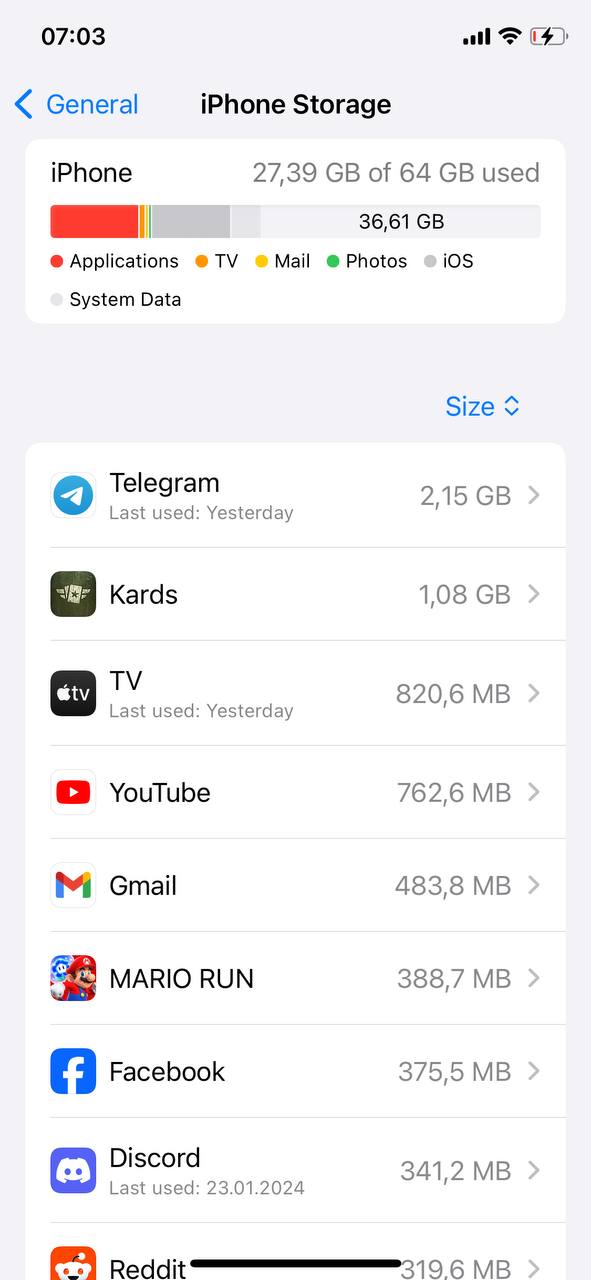
- Offload an App: Find an app you don’t use often but might need later. Tap on it, then select Offload App. Confirm your choice to offload the app.
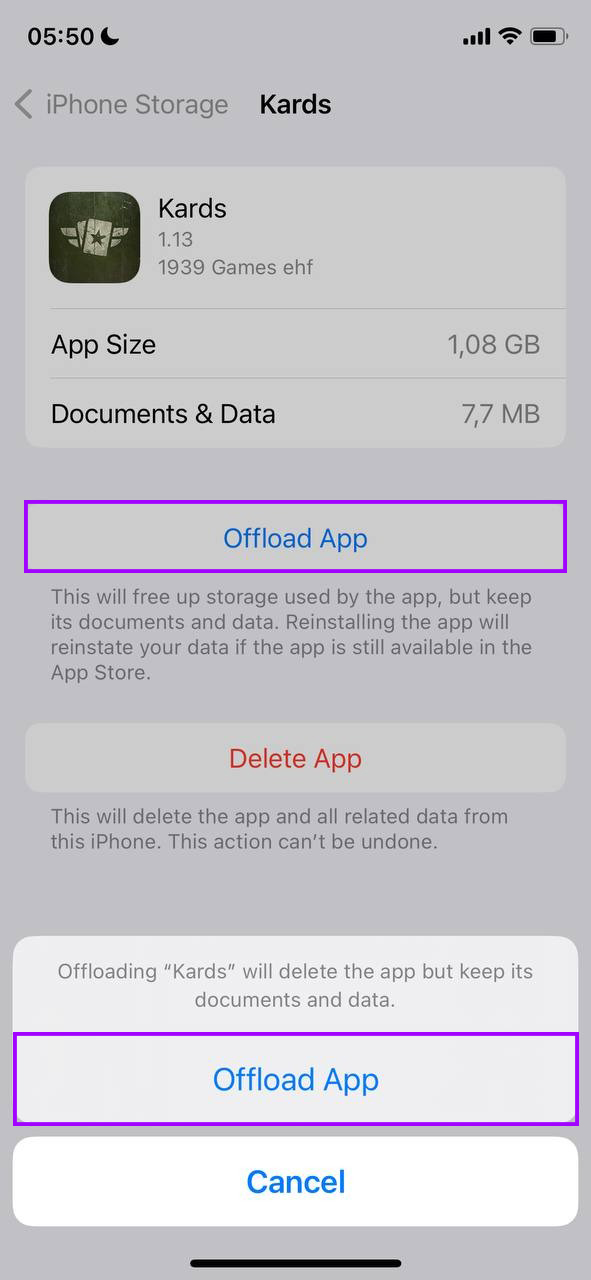
Offloading is reversible; you can always download the app again and continue using it with all its data intact. This feature is helpful to temporarily free-up other storage without losing app data.
Method 4: Delete Unused Apps
Removing apps you don’t use anymore is a quick way to clear up other storage on iPhone. When you delete an app, it also gets rid of all its data, which is perfect for apps you’re sure you won’t revisit.
- Find the App: Open Settings, tap General, then iPhone Storage. You’ll see a list of all your apps and how much space they use.
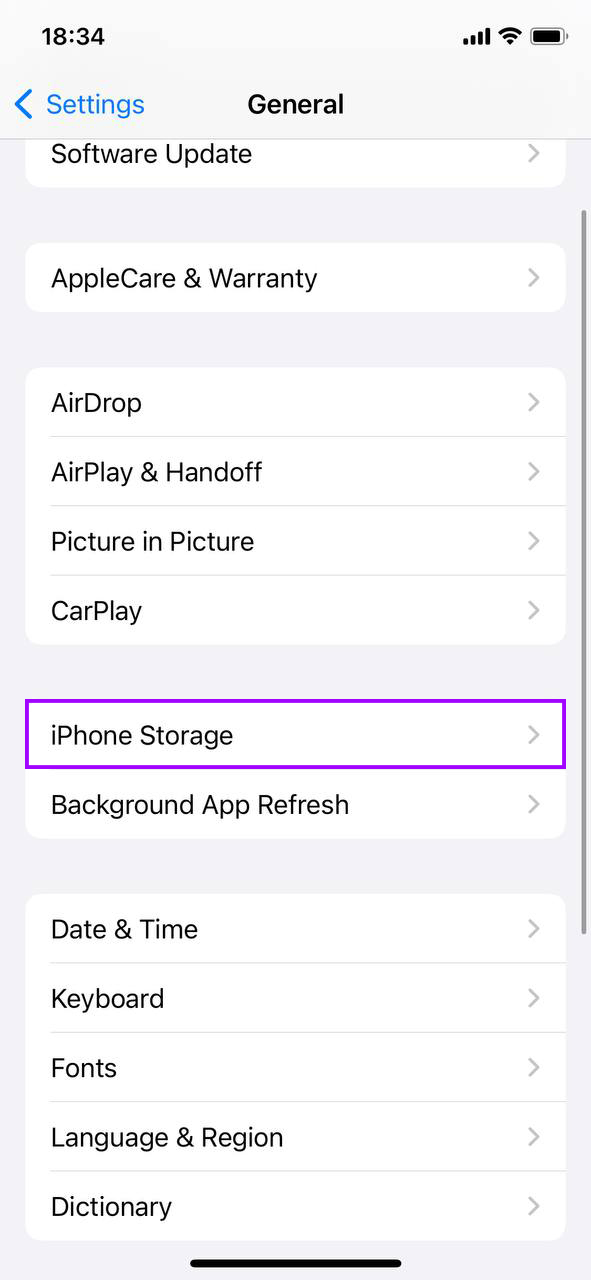
- Delete the App: Choose the app you want to remove and tap Delete App. Confirm your choice to delete it.
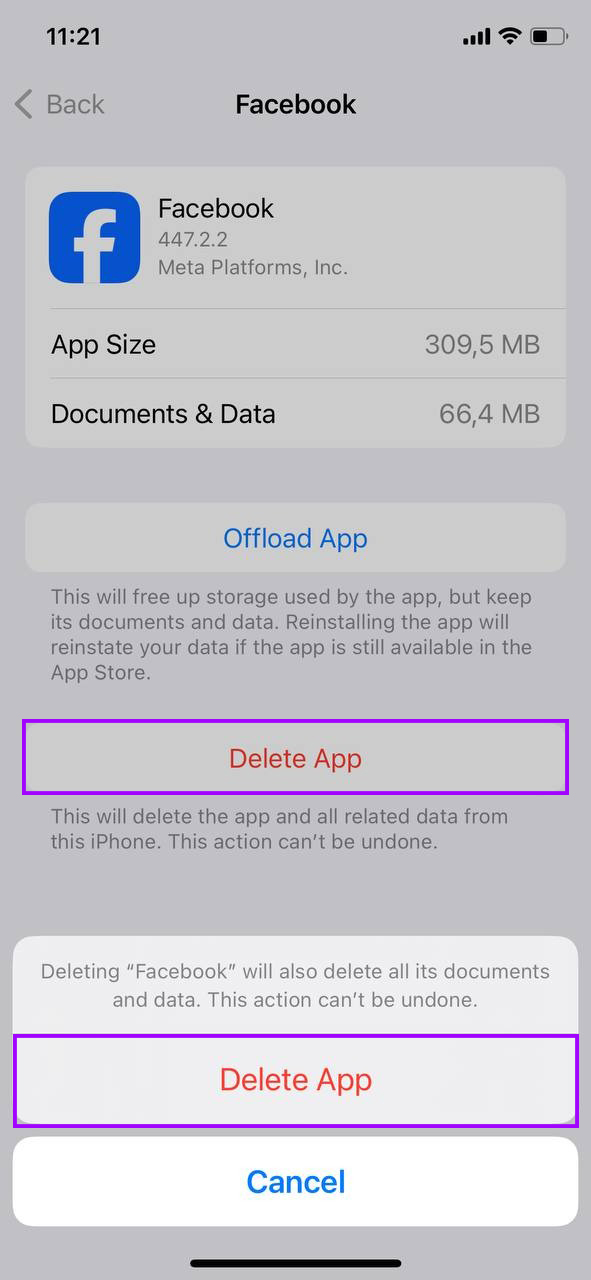
This clears up space immediately and permanently removes the app and its data, but deleting an app can’t be undone. You can reinstall the app, but data not saved elsewhere is lost forever. Make sure you really don’t need the app or its data before you hit delete.
Method 5: Remove Old iOS Update Files
If you’ve updated your iPhone before, there might be old update files taking up space. Getting rid of these files can clean up other storage on iPhone.
- Check for Old Updates: Go to Settings > General > iPhone Storage. Scroll through the list to find any old iOS update files.
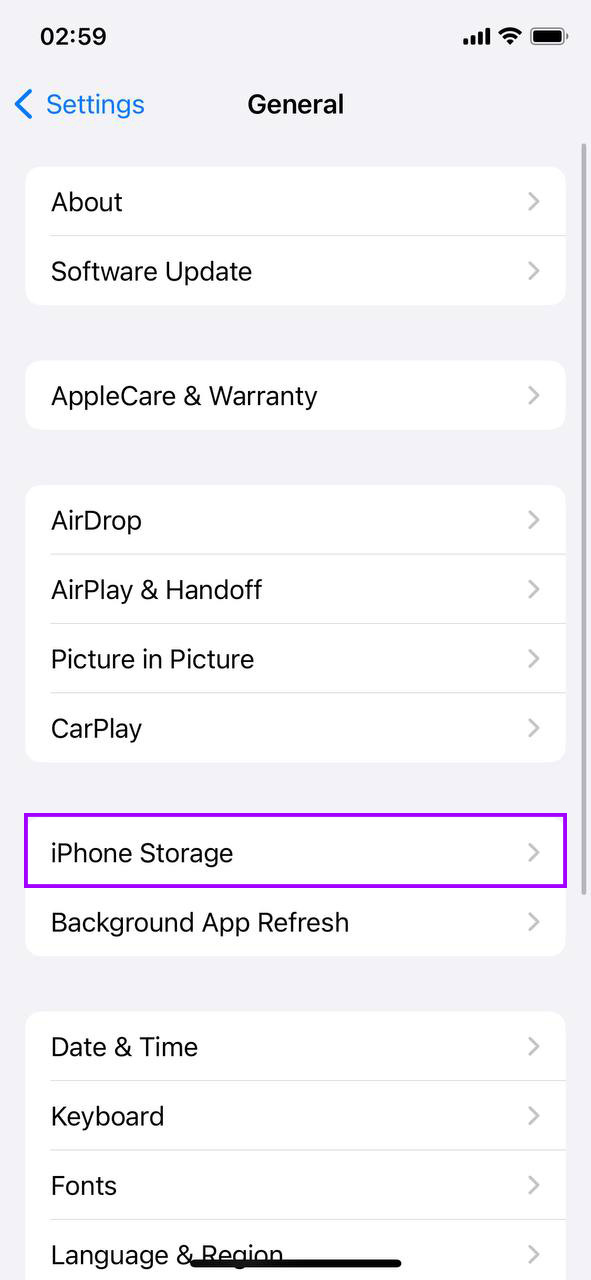
- Delete the Updates: If you find old updates, tap on them and then select Delete Update. This will remove the file and clear up the storage space.
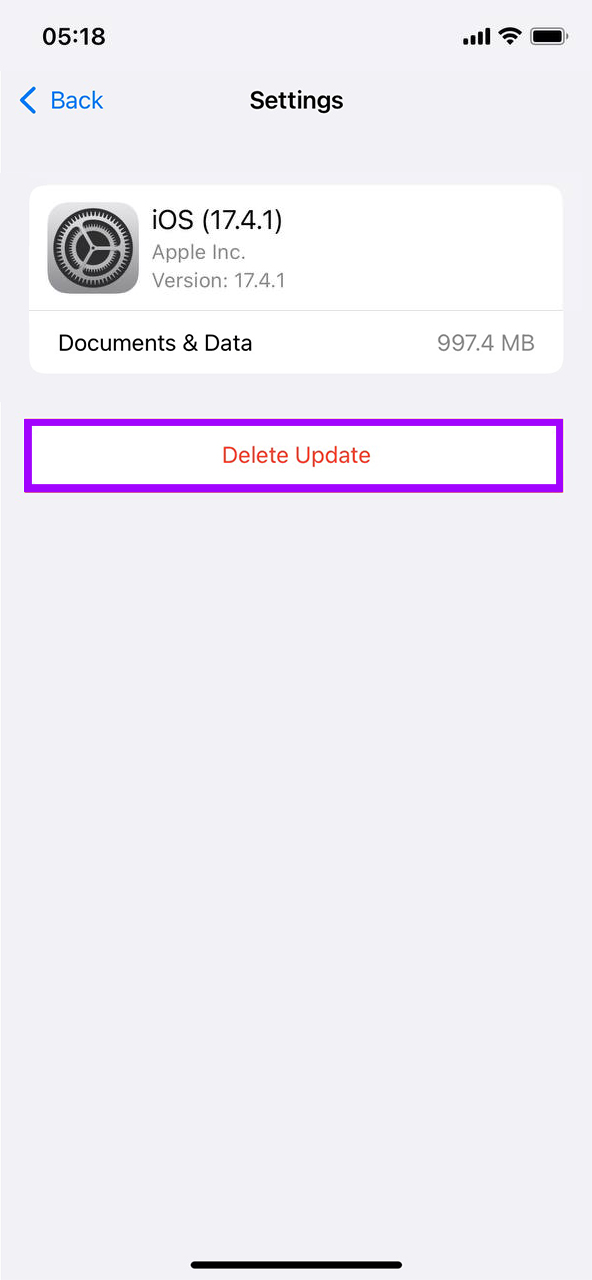
Make it a habit to check for and delete these files after every update to keep your storage clean.
Method 6: Try Factory Reset
If all else fails, performing a factory reset will clear other storage on iPhone completely as this resets the phone to its original state. This drastic step will completely clear your device’s memory, making it like new, but remember, it erases everything.
- Backup Your Data: Before resetting, back up all your important data to avoid losing anything important.
- Reset Your iPhone: Go to Settings > General > Transfer & Reset iPhone and select Erase All Content and Settings.
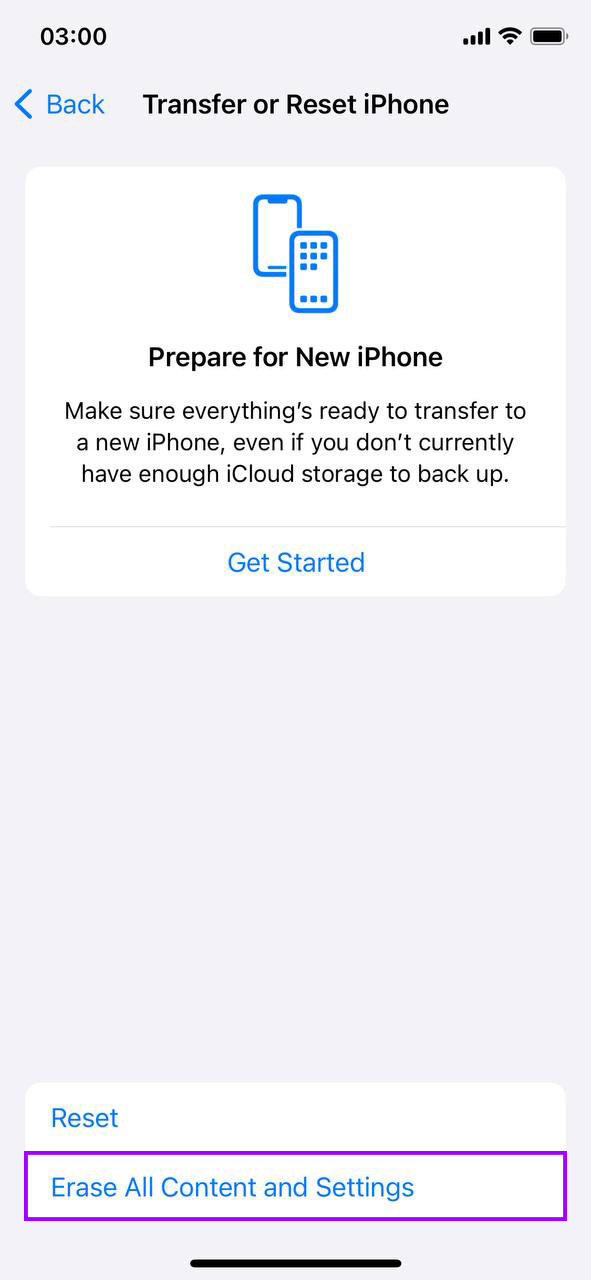
- Confirm the Reset: You’ll need to enter your passcode and confirm your decision. Once confirmed, the iPhone will begin erasing all data, including apps, settings, and media.
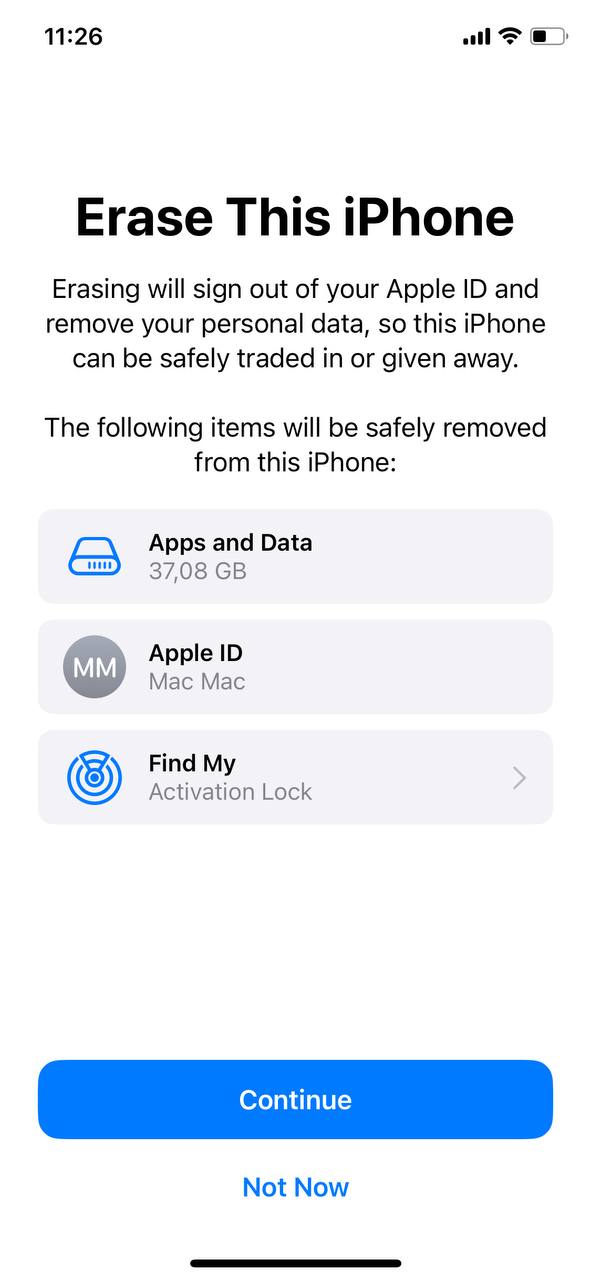
A factory reset is irreversible and should only be considered as a last resort. Ensure you have backups of any data you wish to keep.
Using these methods, you can effectively manage and reduce other storage on iPhone, helping to keep your device running smoothly.
How to Prevent Excessive “Other” Storage Build-Up
Maintaining low “Other” storage on your iPhone is crucial for keeping your device running smoothly. Here are some simple tips to prevent unnecessary storage from accumulating.
Adopt these habits to keep your iPhone’s storage optimized:
- Check Your Storage Weekly: Go to Settings > General > iPhone Storage regularly to keep an eye on what’s using up space and adjust accordingly.
- Regularly Clear Safari Cache: Navigate to Settings > Safari and tap on Clear History and Website Data to remove stored data that accumulates over time.
- Offload Unused Apps: Free up space without deleting your data by offloading apps you don’t use frequently. Access this feature via Settings > General > iPhone Storage, tap on the app, and then select Offload App.
- Auto-Delete Old Messages: Set your message history to auto-delete. Go to Settings > Messages, find Keep Messages, and select 30 Days.
Following these steps regularly allows for managing other storage on iPhone.
Conclusion
Keeping your iPhone’s ‘Other’ storage under control helps keep free storage for things that matter. Regularly cleaning out unnecessary files and following the methods in this article will help you keep your phone’s storage as clean as possible. It’s all about simple checks and cleaning routines so your iPhone works well without running out of space












